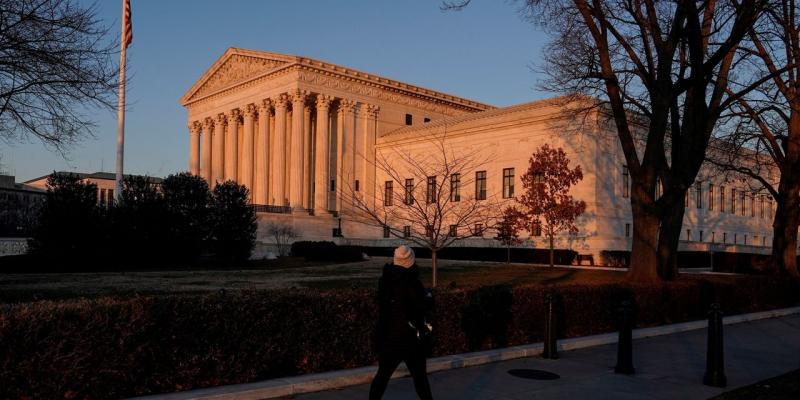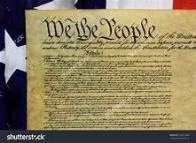Supreme Court Investigators Have Narrowed Leak Inquiry to Small Number of Suspects
By: Jess Bravin and Sadie Gurman (WSJ)



WASHINGTON—Supreme Court investigators probing the May leak of Justice Samuel Alito's draft opinion overruling Roe v. Wade have narrowed their inquiry to a small number of suspects including law clerks, but officials have yet to conclusively identify the alleged culprit, people familiar with the matter said.
A day after the draft opinion was published last year by Politico, Chief Justice John Roberts assigned the Supreme Court's marshal, Gail Curley, to investigate the leak. The court has released no information regarding the investigation since then. Little has emerged elsewhere, apart from a demand from investigators in June that justices' law clerks sit for interviews and surrender their cellphones, prompting several of the three-dozen clerks serving in May to seek legal counsel.
A Supreme Court spokeswoman didn’t respond to requests for comment.
Congressional Republicans have complained about the lack of information regarding the source of the leak.
“For some reason this individual has certainly been sheltered and there is absolutely evidence that there are specific people who know who this person is,” Rep. Scott Fitzgerald (R., Wis.) said at a House Judiciary Committee hearing in December, when Democrats controlled the chamber now under Republican leadership.
At the same hearing, Rep. Jim Jordan (R., Ohio), now the House Judiciary Committee chairman, said the committee should itself investigate the leak.
Ms. Curley, a lawyer and former Army officer, oversees the Supreme Court’s in-house police force, which has an authorized strength of 189 officers and principal missions of patrolling the court’s property and protecting the justices. With its own police having little experience in complex investigations, the court brought in assistance from outside government investigators, people familiar with the matter said. By early summer, investigators had significantly narrowed the field of suspects, the people said.
The interviews were sometimes short and superficial, a person familiar with the matter said, consisting of a handful of questions such as “Did you do it? Do you know anyone who had a reason to do it?” Investigators relied in part on publicly available information about court employees to develop theories, the person said.
Speaking at a judicial conference in September, Justice Neil Gorsuch said that Chief Justice Roberts had appointed an internal committee to oversee the investigation and that it was expected to issue a report . The court hasn’t said whether the report will be made public.
The May leak, while not necessarily unlawful, was an extraordinary breach of protocol at a court that tightly controls access to its deliberations. Law clerks—recent law-school graduates who win coveted one-year positions assisting a justice—are drilled in the court’s culture of confidentiality and warned to avoid reporters, lest secrets slip. Any under investigation served during the 2021-22 term.
Each justice is allotted four law clerks, but dozens of other court employees might also have had access to the draft opinion.
At times, hints of the court’s internal dynamics have emerged before decisions were published, but the leak of a complete draft opinion was unprecedented and, several justices have said, devastating to relations within the court .
The leak came amid rumors that Chief Justice Roberts was seeking to persuade some members of the court’s conservative majority to join him in a half-step that would partly curb access to abortion, rather than fully eliminating the right, which women had held since the 1973 Roe decision, to end unwanted pregnancies before fetal viability.
Following the leak, the court issued a statement asserting that the draft opinion, which bore a February date, did “not represent a decision by the Court or the final position of any member on the issues in the case,” Dobbs v. Jackson Women’s Health Organization.
When the final decision came on June 24 , however, it was nearly identical to Justice Alito’s February draft. Four other conservatives joined him in the majority, while three liberal justices dissented. Chief Justice Roberts filed a concurring opinion agreeing that states should be permitted to restrict abortions prior to fetal viability, but arguing it was unnecessary in the Dobbs case, which involved the constitutionality of a Mississippi law barring the procedure after a woman was 15 weeks pregnant.





